*
Reducing CO2 emissions is essential to limit long-term warming but it cannot slow warming quickly enough to stay below 1.5°C or even 2.0°C by the 2050s.
While carbon dioxide (CO2) is the largest single contributor to current warming, responsible for about half of the warming, the non-CO2 climate pollutants are responsible for the other half.
Reducing CO2 emissions is essential to limit long-term warming but it cannot slow warming quickly enough to stay below 1.5°C or even 2.0°C by the 2050s. This is because when fossil fuels are burned, short-lived cooling aerosols are co-emitted as byproducts. A realistically paced phase-out of fossil fuels, or even a rapid one under aggressive decarbonization, is likely to have minimal net impacts on near-term temperatures because the removal of co-emitted aerosols will unmask the true magnitude of warming the planet is experiencing today.
The non-CO2 climate pollutants include the four short-lived climate pollutants (SLCPs or “super climate pollutants”)—methane (CH4), black carbon soot, tropospheric ozone (O3), and hydrofluorocarbons (HFCs)—as well as the longer-lived nitrous oxide (N2O). Because short-lived super climate pollutants only last in the atmosphere from days to 15 years, reducing them will prevent 90 percent of their predicted warming within a decade.
Reducing non-CO2 climate pollutants is the fastest way to reduce near-term warming over the next two decades and the only currently known way to slow the rate of warming in the near term, limit self-amplifying climate feedbacks, and avoid or at least slow irreversible tipping points.

Fast Mitigation
Mitigation strategies targeting non-CO2 climate pollutants can cut the rate of global warming in half
A fast phasedown of HFCs can avoid nearly 0.1°C of warming by 2050 and up to 0.5°C by the end of the century, according to the Quadrennial Scientific Assessment of Ozone Depletion (2018). The Assessment also calculated that the initial schedule of the Kigali Amendment to the Montreal Protocol will capture 90% of the potential (0.44°C; range 0.4-0.5°C) and that an accelerated schedule or leapfrog strategy can capture the rest. Promoting the energy efficiency of cooling technology during the switch to climate-friendly refrigerants would double these climate benefits.
Cutting anthropogenic methane emissions by 45% by 2030 can avoid additional warming of nearly 0.3°C by the 2040s, with the potential for significantly more avoided warming from emerging technologies to remove atmospheric methane faster than the natural cycle—with the potential of avoiding up to 0.6°C by mid-century.
Reducing anthropogenic N2O emissions by 50-75% by 2030 can avoid up to 0.05°C of warming by 2050.
These non-CO2 mitigation strategies comprise a fast mitigation sprint that can avoid four times more warming by 2050 than targeting CO2 alone, which is a longer-term marathon.
The good news is we have shovel-ready technologies and policy proposals at hand. Some of the quickest actions we can take include:
- Require climate-friendly refrigerants and cooling equipment that are super energy-efficient. Cutting HFCs under the Kigali Amendment to the Montreal Protocol can avoid up to 0.5°C of future warming.
- Deploy soot-free diesel. Retrofit diesel vehicles fueled by ultra-low sulfur diesel with diesel particulate filters, on the way to electric vehicles and perhaps hydrogen for trucking.
- Ban food waste from landfills. One-third of food waste is dumped in landfills. Along with other organic waste, it is one of the largest sources of methane, equivalent to the emissions of 37 million cars. The edible part of the food should be used to feed the hungry while the non-edible can be processed through biodigesters to produce renewable fuels.
- Manage manure on farms. Reduce methane and other climate pollutants produced by cattle and other farm animals through feed additives and manure management including biodigesters that can produce renewable fuel as we shift our diet to depend less on farm-raised animals.
- Fix pipeline leaks. Replace leaky equipment and ramp up monitoring and detection to reduce fugitive methane from transmission and distribution of natural, or fossil, gas.
Winning the super pollutant sprint is critical for staying within the limits of adaptation and for building resilience.
Super Pollutants Resources
This paper makes the case that faster phasedown of hydrofluorocarbons (HFCs) to help avert nearterm climate tipping points will be less costly than the existing schedule for both non-Article 5 and Article 5 Parties. In particular, the paper demonstrates that a faster HFC phasedown is less costly for: 1) non-Article 5 donors to the Multilateral […]
Super pollutants
The framework, introduced in 2009 by co-author Professor Johan Rockström and colleagues, defines Planetary Boundaries as the safe operating thresholds for nine critical processes that maintain Earth system stability and resilience. The stratospheric ozone layer is one of the nine processes, and it is highlighted as the first and only example of a planetary system […]
Super pollutants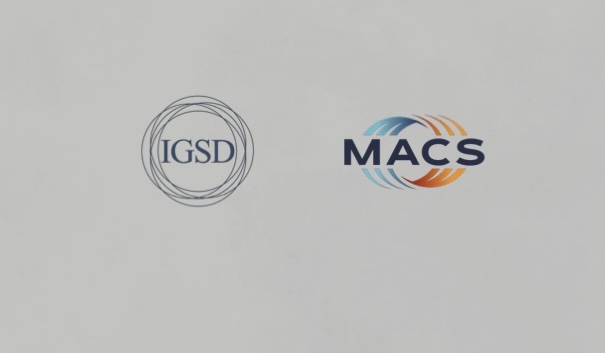
Includes a Case Study of MAC Secondary-Loop Architecture Vital to Economic and Environmental Performance of All-Electric Vehicles. This publication offers the back and front story, the timeline, and the comprehensive bibliography of leadership in the full spectrum of environmentally improved motor vehicle air conditioning, including ozone-safe and climate-friendly refrigerants, leak-tight systems, repair before recharge with […]
Super pollutants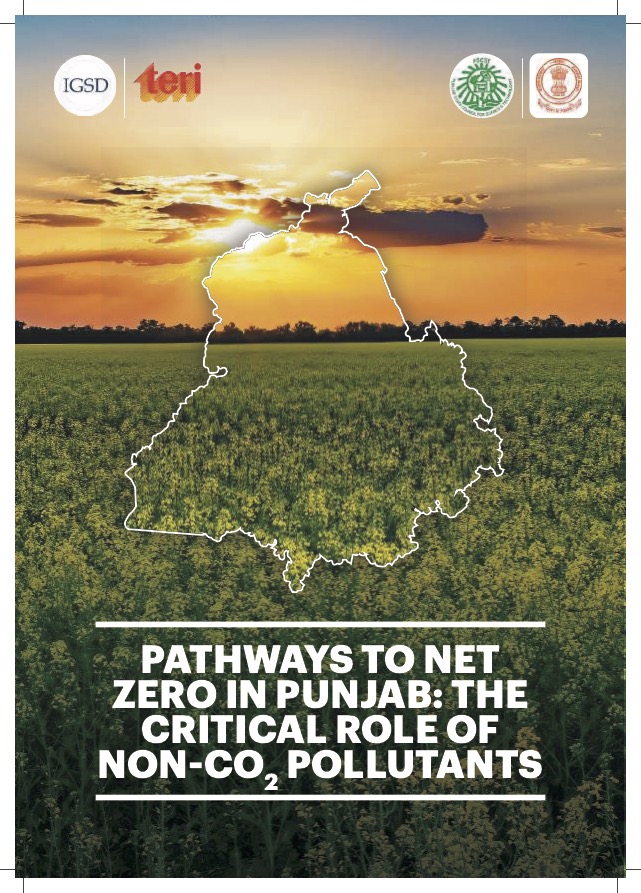
Presenting a novel emission estimation study of Short-lived Climate Forcers (SLCFs) for the state of Punjab for the baseline year 2019; this report highlights all the projected changes in these compounds by 2047 under a Business-As-Usual scenario. It highlights the critical need to sharpen focus on SLCFs—which include Short-lived Climate Pollutants, i.e., methane (CH4), black […]
Super pollutants Other efforts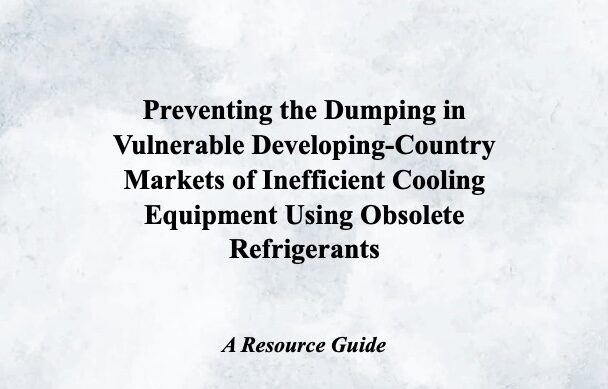
The IGSD Resource Guide on Preventing the Dumping of Inefficient Cooling Equipment provides information and resources for government representatives and their advisors, researchers, academics, non-profit, philanthropic and other nongovernmental organizations, and other citizens to understand the practice of environmentally harmful dumping of new but energy-inefficient cooling equipment that uses high global-warming-potential refrigerants. The Resource Guide also provides insights for those working […]
Super pollutants
This IGSD Background Note summarizes the science supporting the need for fast climate mitigation to slow warming in the near term (2022–2041). It also describes the importance of cutting short-lived climate pollutants and protecting sinks in order to slow self-reinforcing feedbacks and avoid tipping points. It explains why winning a fast mitigation sprint to 2030 […]
Super pollutants
The Center for Environmental Energy Engineering (CEEE) at University of Maryland, the Climate & Clean Air Coalition (CCAC), Centro Studi Galileo, and the Institute for Governance & Sustainable Development (IGSD) have released the Handbook of Best Practices: Room Air Conditioner Installation for the Lowest Carbon Footprint, which explains how to appropriately install high-efficiency room air conditioners (RACs) for the highest […]
Super pollutants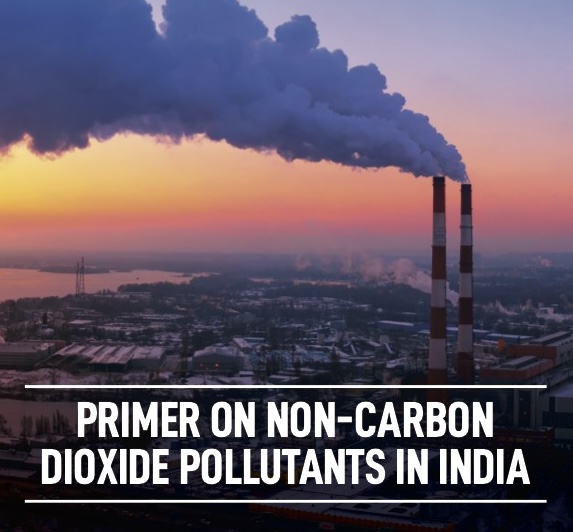
India’s efforts to address climate change have often centered on carbon dioxide (CO2), but with growing evidence of the substantial impact of short-lived climate pollutants (SLCPs), this focus is sharpening. SLCPs, including black carbon, methane, tropospheric ozone, hydrofluorocarbons (HFCs), and nitrous oxide (N2O), are potent contributors to climate change, accelerating global warming with far-reaching implications […]
Super pollutants Other efforts
Long-term success requires that NDCs be aggressive in terms of ambition and comprehensive in terms of gasses and sectors covered. We call upon nations to include all GHGs in the next NDCs and specify additional ambitious quantitative contributions from methane and other non-CO₂ gasses; this is a critically important opportunity to increase overall mitigation ambition, […]
Super pollutants
Nitrous oxide (N2O) is a potent greenhouse gas and an ozone-depleting substance (ODS). Its global warming potential over 100 years is 273 times greater than that of carbon dioxide (CO2). To slow self-amplifying feedbacks and avoid irreversible climate tipping points, the world must quickly cut global human-caused N2O emissions as part of any fast climate […]
Super pollutants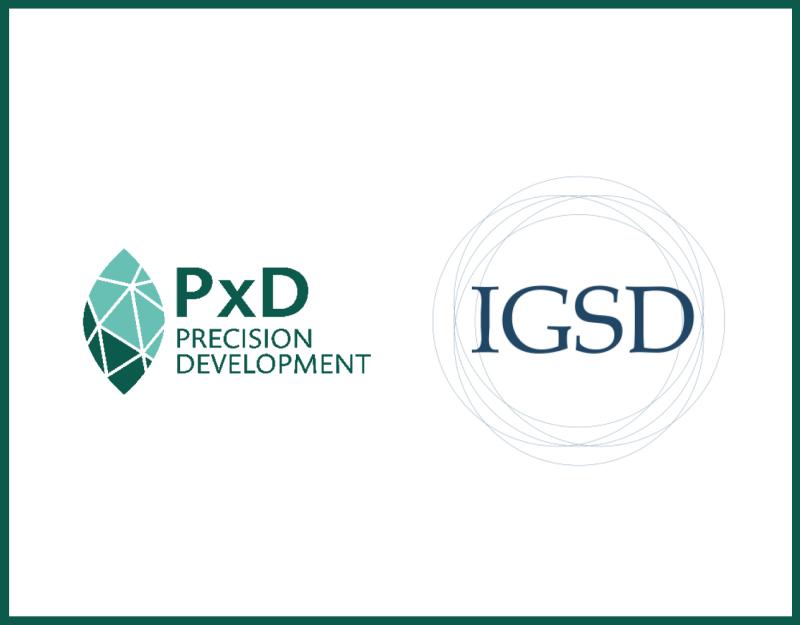
PxD and IGSD are partnering on an initiative to collaboratively identify opportunities for innovation in climate change mitigation, particularly for the greenhouse gases most problematic in agricultural production, methane, and nitrous oxide, as well as carbon dioxide. This initiative includes four analytical pieces on the opportunities for climate change mitigation by smallholder farmers. Methane is […]
Super pollutants
The remaining carbon budget framework tracks progress towards the Paris Agreement’s goal to limit longer-term warming to well below 2 °C, but no analogous framework exists for constraining mid-century warming. Established single-basket methods of combining gases into CO2-equivalents using Global Warming Potentials (GWPs) lead to ambiguity over what combination of short- and long-lived emissions reductions […]
Super pollutants
